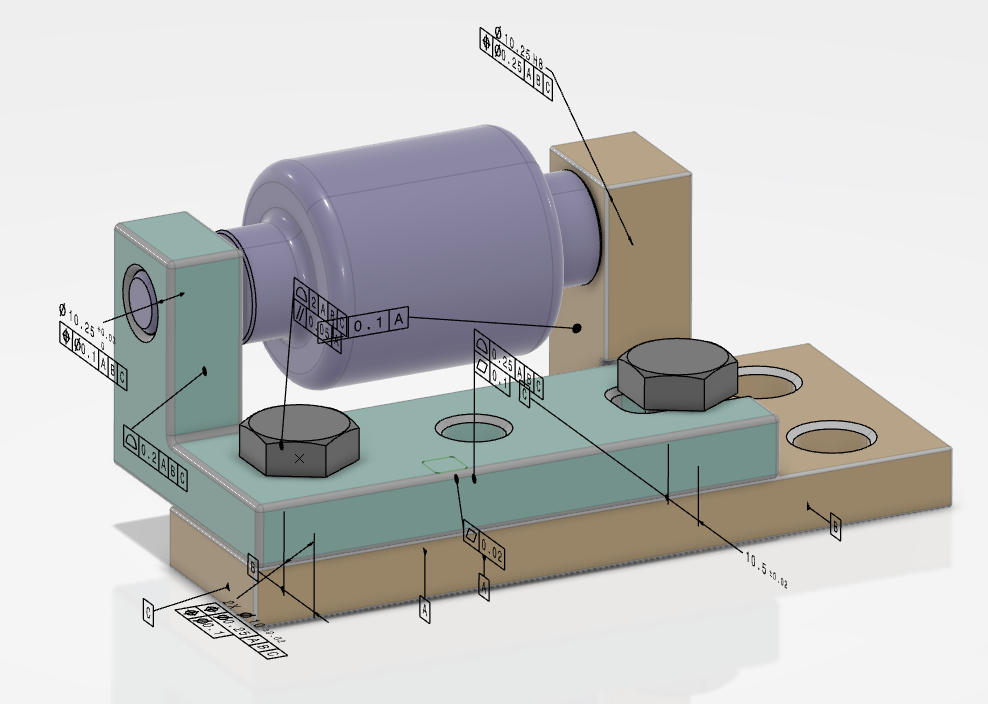

In today's fast-paced world, the importance of digital prototyping cannot be overstated. Companies are increasingly turning to digital solutions to streamline their design processes and bring products to market faster. Digital prototyping allows for rapid iteration and testing, helping to identify potential issues early in the development cycle.
By leveraging digital tools, designers and engineers can collaborate more effectively, making adjustments in real-time and reducing the need for costly physical prototypes. This shift towards digital prototyping is not only saving time and money but also driving innovation and improving overall product quality.
3DCS Variation Analyst is a powerful tool that streamlines the design process by providing accurate simulations and analyses of product designs. With 3DCS, engineers can virtually assemble components, identify potential fit and function issues, and make necessary adjustments before any physical parts are produced.

The software's advanced features, such as tolerance analysis and Monte Carlo variation simulation, enable teams to predict how variations in manufacturing parts and processes will affect the final product. This proactive approach helps to ensure that designs are robust and meet quality standards, reducing the likelihood of defects and rework.
Implementing 3DCS in the design process can lead to significant cost savings and efficiency gains. By minimizing the need for physical prototypes, companies can reduce material and labor costs associated with prototype production. Additionally, the ability to identify and address potential issues early in the design phase helps to prevent costly delays and rework during manufacturing.

Moreover, the streamlined workflow and enhanced collaboration capabilities provided by 3DCS can lead to faster project completion times. This increased efficiency not only accelerates time-to-market but also allows teams to focus on innovation and continuous improvement, further driving competitive advantage.
Numerous companies across various industries have successfully implemented 3DCS to enhance their design processes and achieve remarkable results. For instance, automotive manufacturers have used 3DCS to optimize the fit and finish of vehicle components, resulting in improved quality and reduced warranty claims.
Similarly, aerospace companies have leveraged 3DCS to ensure the precision and reliability of critical components, leading to safer and more efficient aircraft. These success stories highlight the versatility and effectiveness of 3DCS in addressing complex design challenges and delivering tangible benefits.
Integrating 3DCS into your organization's design process may seem daunting, but with the right approach, it can be a seamless transition. Start by identifying key stakeholders and assembling a cross-functional team to champion the implementation. Provide comprehensive training and support to ensure that all team members are proficient in using the software.

Next, establish clear goals and metrics to measure the impact of 3DCS on your design process. Regularly review progress and make adjustments as needed to maximize benefits. By taking these steps, your organization can harness the power of 3DCS to revolutionize your design process and achieve significant cost savings and efficiency gains.
3DCS Variation Analyst provides real insight into your product through early simulation and digital twin prototypes. These simulations provide greater value when connected to a Model Based Enterprise approach. This can be accelerated by introducing a Quality Management System to monitor production, correlate CAD points to inspection, and provide measurement data for 3DCS users to run Metrology Based Simulations using as-built part information. This connection provides greater value for 3DCS by leveraging design optimization and critical to quality feature identification while also providing information access across the organization.
These Stories on CATIA
No Comments Yet
Let us know what you think